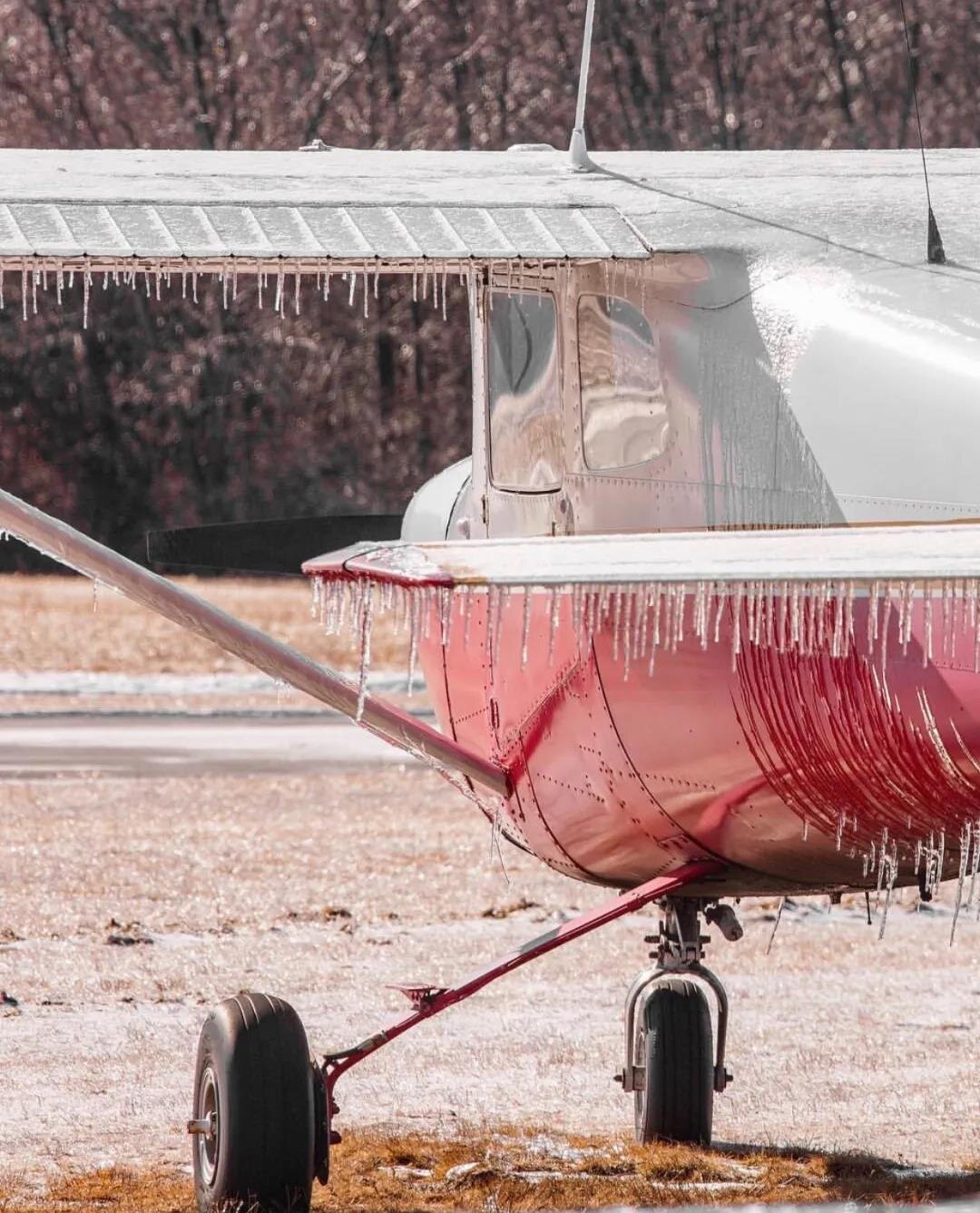Snow and ice is a gift from nature during winter, every year many people enjoy this beautiful experience. However, for the aviation industry, the snow and icy weather are great challenges of safeguarding flight safety.
Because of the freezing weather, the surface of the fuselage accumulates ice, snow, frost and other pollutants that could make the body of the aircraft rough and form airflow separation during takeoff such that can affect the flight performance. In some cases If the ice gets sucked into the engine, it could cause damage, worse case may case a stall or even an air disaster. The unfortunate Baotou air crash in 2004 and Russia’s Tyumen air crash in 2012 both were caused by the failure have the ice removed.
Therefore, in freezing weather, de-icing is one of the most important preparation to ensure flight safety. The whole procedure normally involves the use of deicing fluid and anti-icing fluid. Together it could take from 10 to 45 minute depending on the size of the aircraft and the severity of the icing situation. De-icing fluid melts and remove the ice and frost, while the anti-icing fluid helps prevents the reappearance of ice before take off. The anti-icing fluid has only a limited life before it loses its effect, hence, prior to going through the de-icing process it is best practice to have the aircraft ready for take-off.
There are 3 different types of commonly used de-icing operations, these are: parking de-icing; fixed point de-icing and slow de-icing. Fixed point and slow de-icing offer the maximum efficiency of de-icing and are more suitable for an airport with high traffic and high delay rates.
De-icing requires high professional technical knowledge; the cost could also be costly depending on the amount of de-icing is required. The role of having an expert agent is important in order to monitor and control the process well, ensuring maximum safety while a well managed the size of the final bill.
Over the years, APERTUS has coordination hundreds of winter flights globally accumulating in-depth operational knowledge for de-icing process. From the night before your flight to the moment you are sitting on the aircraft waiting for departure, APERTUS monitors the weather and de-icing process closely offering our recommendation and supervision making sure that you are well-informed, and experience the highest level of safety standard for each and every journey with us.






